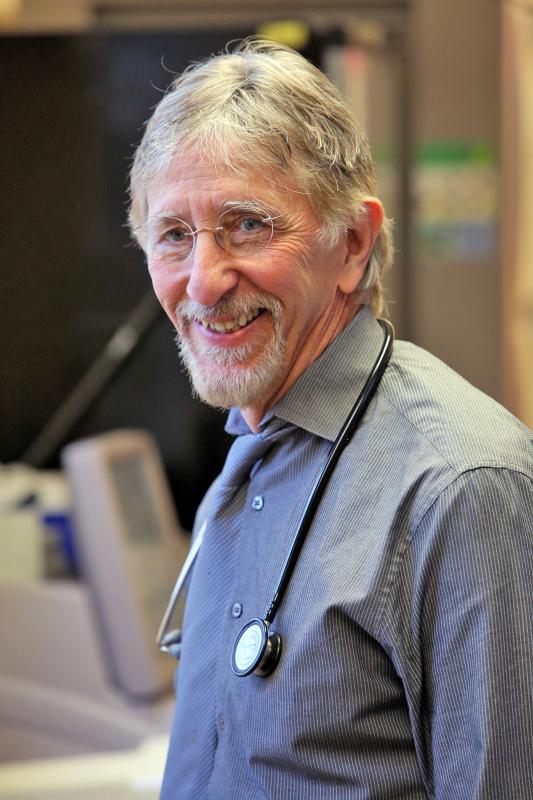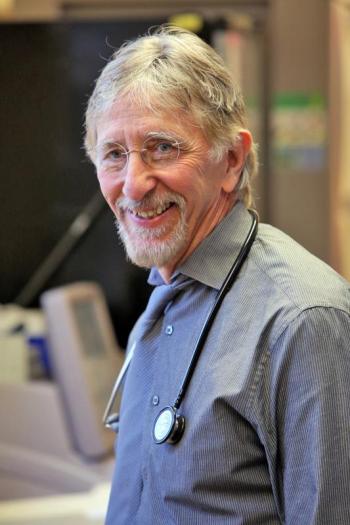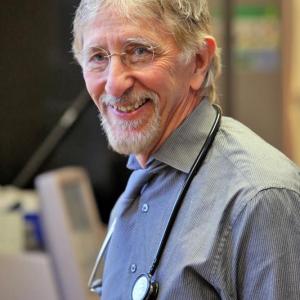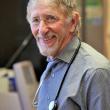Dr. Jorden brings more than 35 years of emergency experience to Urgent Care Center
One of the keys to emergency medicine is knowing when to move fast and when to slow down, believes Dr. Robert Jorden.
“Try to move quickly except when you enter the patient’s room. Then slow down and talk to the patient and spend as much time as you can,” said Dr. Jorden.
Efficiency and speed is vital in a place where patients may have life-threatening conditions but so is treating patients respectfully, and spending the time to understand their situation, said Dr. Jorden.
“First and foremost, you treat people like people,” said Dr. Jorden, who joined the staff of the St. Andrews Urgent Care Center after more than 35 years in emergency medicine, with much of that time in large trauma centers where he served in both administrative and teaching positions.
As Director of Emergency Medicine at the University of Mississippi Medical Center, a level 1 trauma center, Dr. Jorden established the hospital’s emergency medicine residency program and also helped get a paramedic training program and a helicopter service started.
He served in a similar role at a large trauma center in Phoenix, Arizona before stepping down from teaching and administrative roles in 1997 to focus on emergency medicine in community hospitals. He worked most recently at Pen Bay Medical Center before retiring from emergency medicine in May to work at the Urgent Care Center in Boothbay Harbor.
Whatever the setting, Dr. Jorden’s philosophy of medicine is a simple one.
“I want patient care to be very respectful, and timely and thorough and as efficient as it can be,” he said. “I try to treat people the way I would want to be treated.”
The Urgent Care Center is for patients who have a problem that needs a doctor’s attention but doesn’t require the specialty care available in emergency departments. At the same time, the St. Andrews Urgent Care Center offers a higher level of care than many other urgent care centers.
Part of that higher level of care is having a range of diagnostic resources not always available in similar facilities, including a laboratory and a diagnostic imaging department with x-ray and ultra-sound capabilities and a CT (computed tomography) scanner.
Even more important is an experienced staff of emergency-trained providers.
Dr. Jorden said he has been impressed with both the clinical skills of the staff and how well they relate to their community.
“I have been all over the country in all kinds of different hospitals and I would take them against anybody,” he said.
Event Date
Address
United States



























